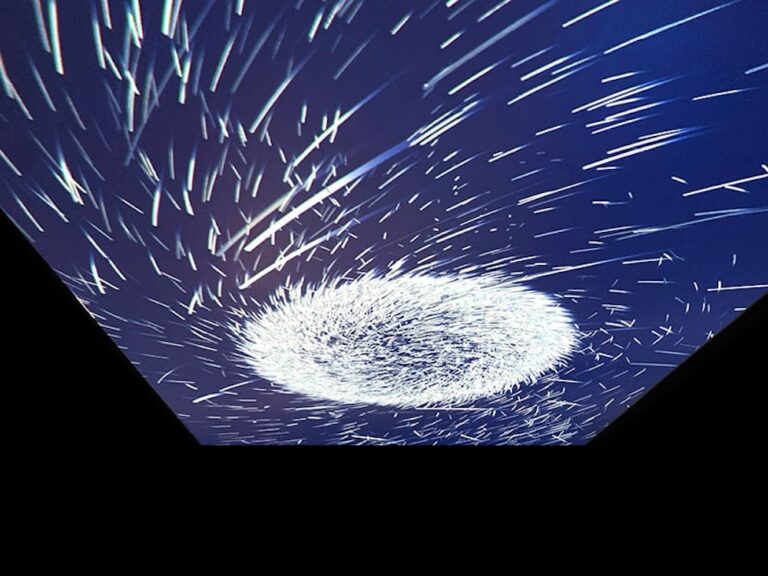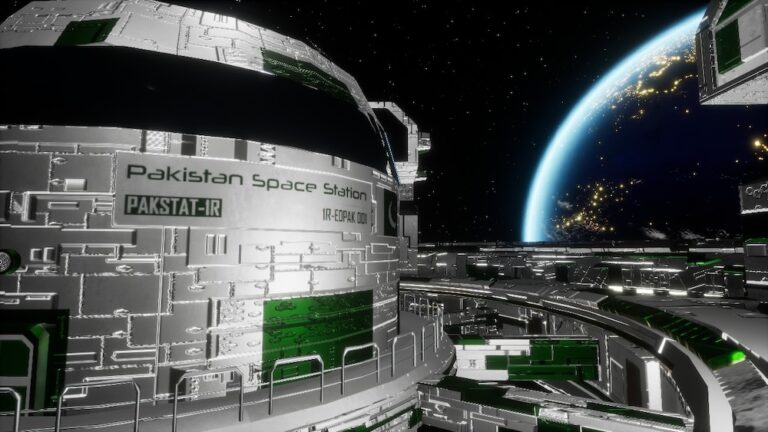
In the dynamic realm of art, contemporary art stands as a testament to the ever-evolving nature of human creativity and expression. This genre, which emerged in the late 20th century, reflects the complexities and diversities of the modern world. It challenges traditional boundaries, embraces new mediums, and often provokes thought and discussion. This blog delves into the evolution and impact of contemporary art, exploring its significance and influence on culture and society.
Contemporary art is broadly defined as art produced from the mid-20th century to the present day. It marks a departure from modern art, which dominated the late 19th and early 20th centuries. While modern art focused on breaking away from classical and academic art forms, contemporary art sought to explore new ideas and materials, often emphasizing conceptual approaches over aesthetics.
The post-World War II era was a crucial period for contemporary art. The world was undergoing significant social, political, and technological changes, which influenced artists to explore themes such as identity, globalization, and environmental issues. Movements like Abstract Expressionism, Pop Art, and Minimalism emerged during this time, each contributing to the foundation of contemporary art.
Several key movements have shaped the landscape of contemporary art. Understanding these movements helps in appreciating the diversity and depth of this genre.
Abstract Expressionism: This movement emerged in the 1940s and 1950s, characterized by large-scale paintings that emphasized spontaneity and the physical act of painting. Artists like Jackson Pollock and Mark Rothko were pioneers of this movement, using their works to express complex emotions and ideas.
Pop Art: In the 1960s, Pop Art became a major force, drawing inspiration from popular culture and consumerism. Artists like Andy Warhol and Roy Lichtenstein used everyday objects and mass media as their subjects, challenging the distinction between high and low art.
Minimalism: Emerging in the 1960s and 1970s, Minimalism focused on simplicity and the use of basic forms and colors. Artists such as Donald Judd and Agnes Martin sought to remove any personal expression from their work, creating art that was purely about the materials and forms.
Conceptual Art: This movement, which gained prominence in the late 1960s, emphasized the idea or concept behind the artwork rather than its physical form. Artists like Sol LeWitt and Joseph Kosuth explored the boundaries of art, questioning what art could be and how it could be experienced.
One of the defining features of contemporary art is its embrace of technology. The digital revolution has opened up new possibilities for artists, allowing them to experiment with new mediums and techniques. Digital art, video installations, and virtual reality experiences have become integral parts of the contemporary art scene.
Technology has also democratized art, making it more accessible to a wider audience. Social media platforms and online galleries have allowed artists to share their work with people around the world, breaking down geographical barriers and creating a global art community.
Contemporary art often serves as a mirror to society, reflecting and critiquing social and political issues. Artists use their work to address topics such as race, gender, and inequality, sparking conversations and encouraging viewers to think critically about the world around them.
For example, the Guerrilla Girls, an anonymous group of feminist artists, use their work to highlight gender and racial disparities in the art world. Their provocative posters and installations challenge the status quo and demand greater representation and equity.
Similarly, Ai Weiwei, a Chinese contemporary artist and activist, uses his art to comment on human rights abuses and political corruption. His installations and documentaries draw attention to important global issues, often at great personal risk.
Environmental issues have become a significant theme in contemporary art. Professional Artists are using their work to raise awareness about climate change, pollution, and sustainability. By creating thought-provoking pieces that highlight the fragility of our planet, they encourage viewers to consider their impact on the environment.
One notable example is the work of Olafur Eliasson, whose large-scale installations often incorporate natural elements and explore the relationship between humans and nature. His projects, such as “The Weather Project” at the Tate Modern, invite viewers to engage with their surroundings in new and meaningful ways.
As we look to the future, contemporary art will continue to evolve and adapt to the changing world. Emerging technologies, global interconnectedness, and shifting cultural dynamics will shape the direction of this genre. Artists will undoubtedly continue to push boundaries, exploring new mediums and challenging traditional notions of art.
The rise of interdisciplinary practices, where artists collaborate with scientists, architects, and technologists, will further expand the possibilities of contemporary art. These collaborations can lead to innovative and groundbreaking works that address complex global issues.
Contemporary art is a vibrant and dynamic field that reflects the diverse and ever-changing nature of our world. Its ability to provoke thought, inspire change, and challenge conventions makes it a powerful force in society. As we continue to navigate the complexities of the modern era, contemporary art will remain an essential tool for understanding and engaging with the world around us.
By embracing new ideas, mediums, and perspectives, contemporary artists will continue to shape the cultural landscape and influence future generations. Their work serves as a reminder of the limitless potential of human creativity and the enduring importance of art in our lives.

A brilliantly curated exhibition delves into globalisation and cultural exchange themes Technology, generally linked with

Ejaz Art Gallery in Lahore recently exhibited the group show ‘Unity in Flux: The Ones

Abstract art, a genre that emphasizes non-representational forms and colors, has captivated audiences and art